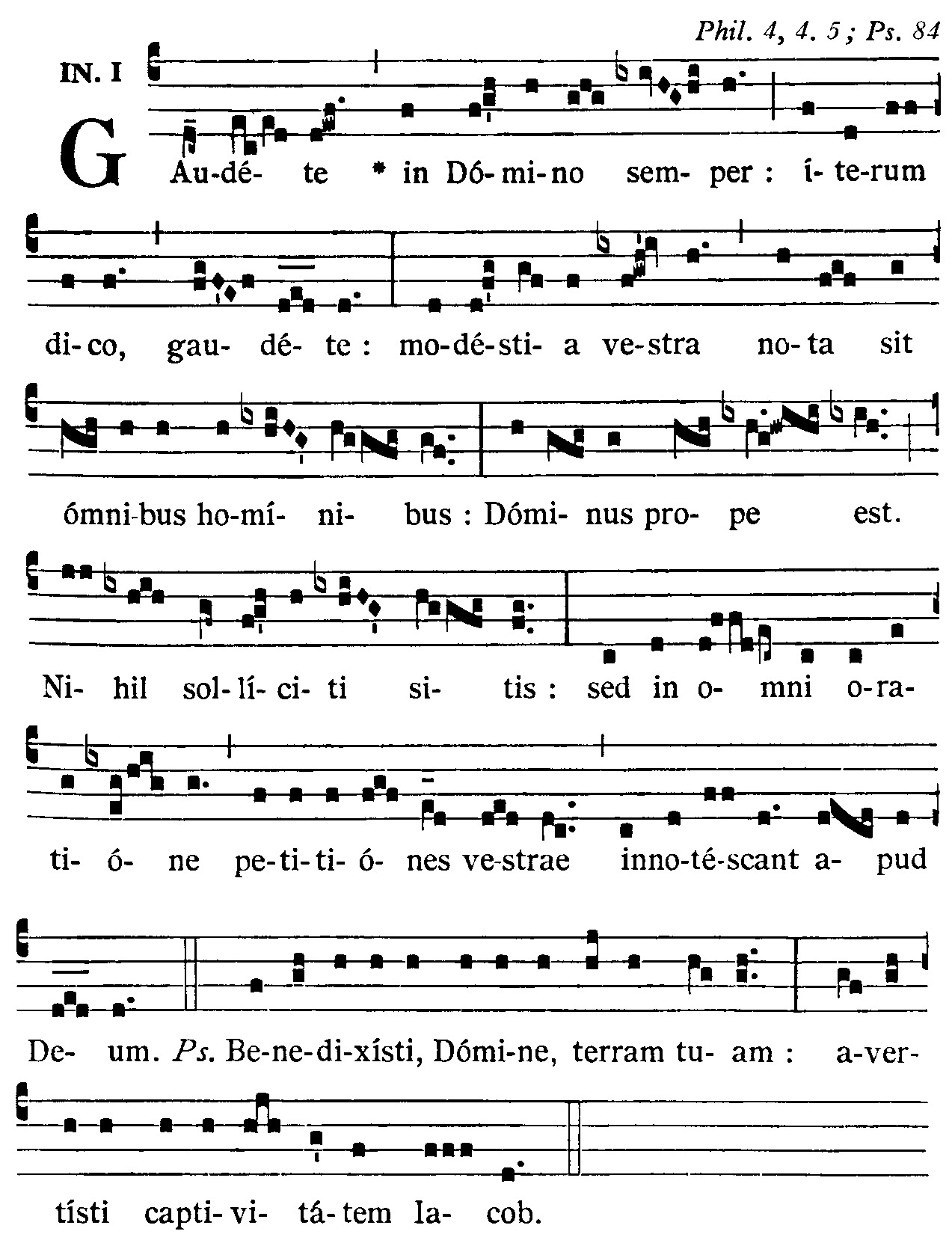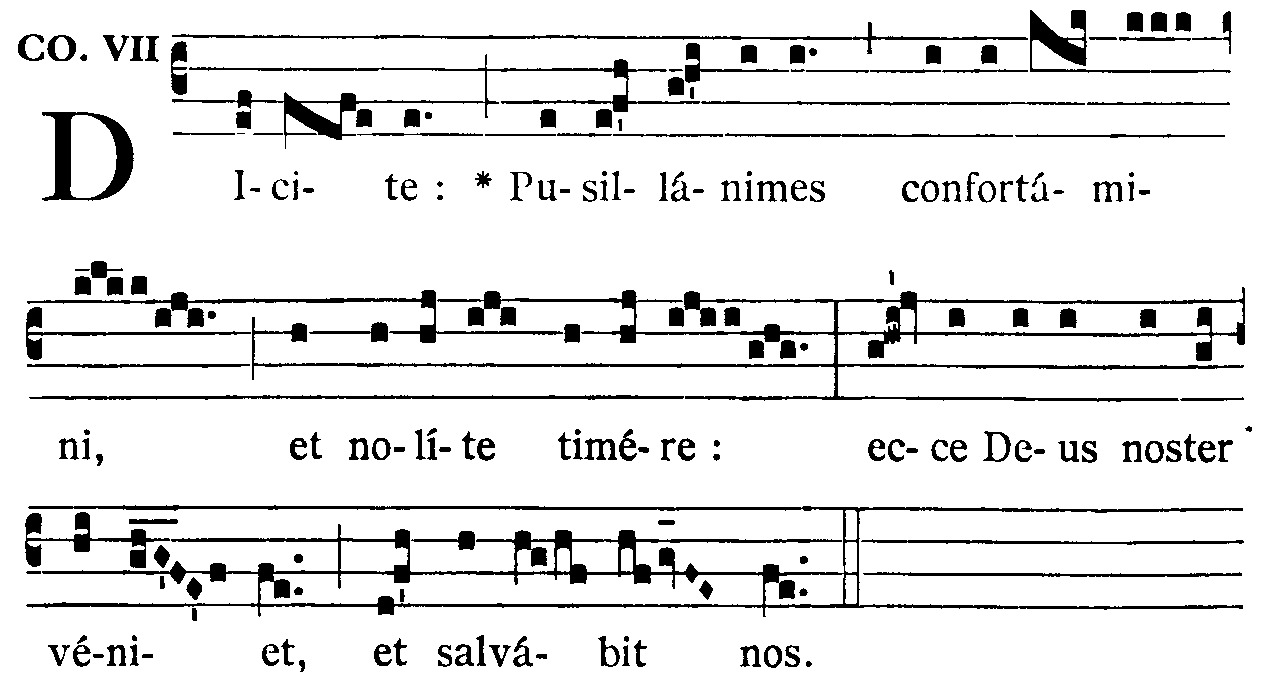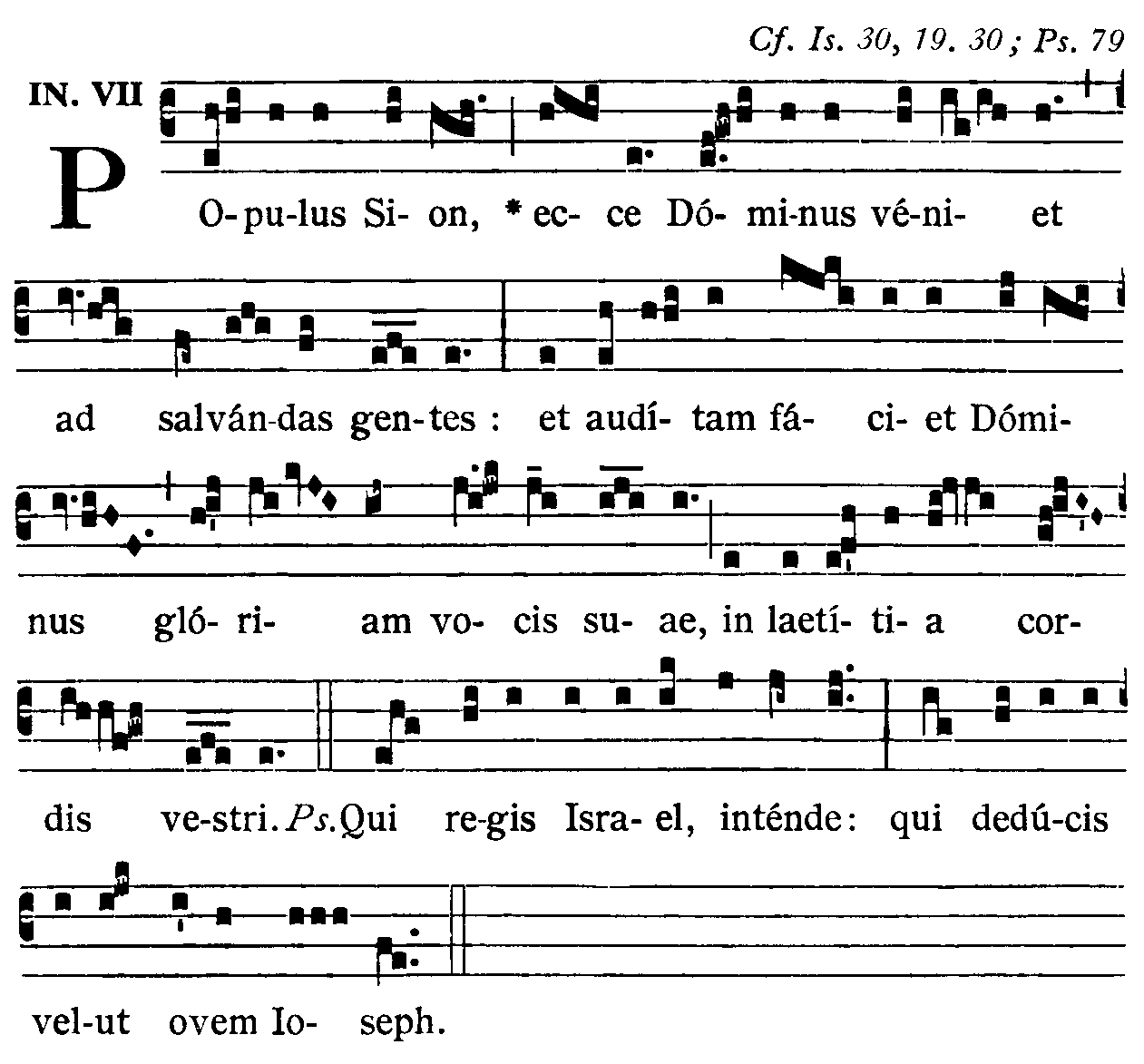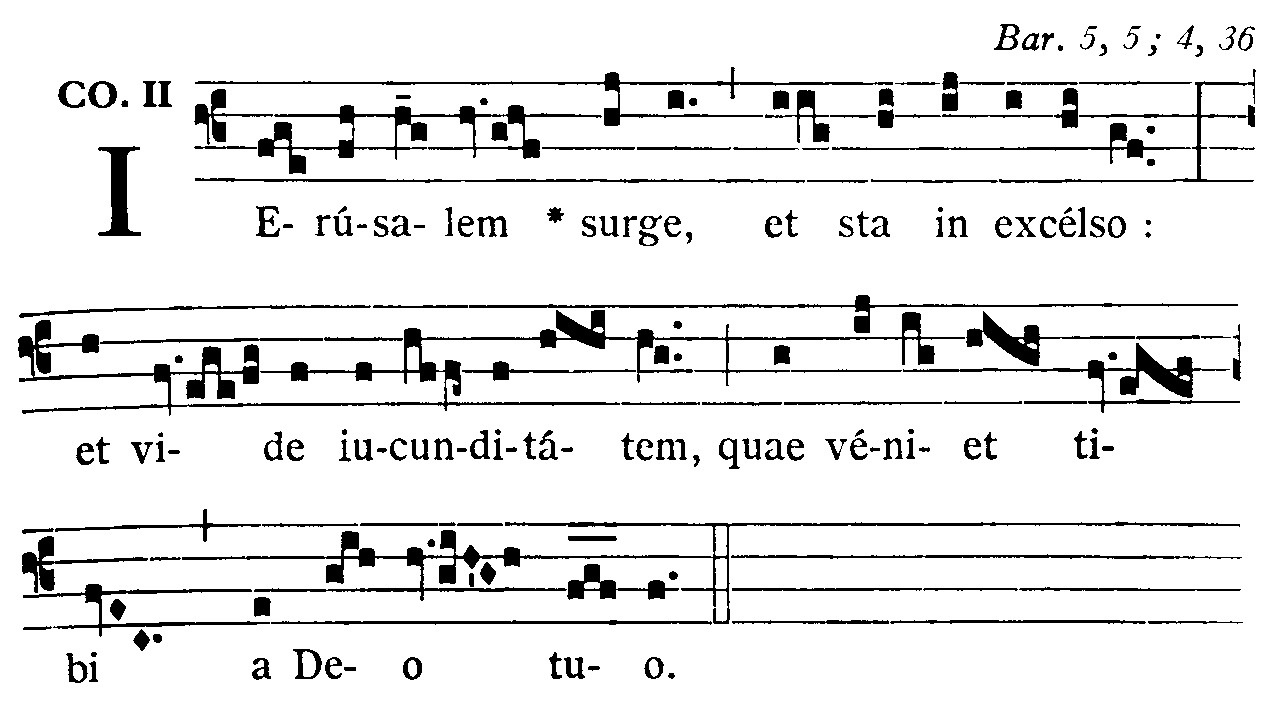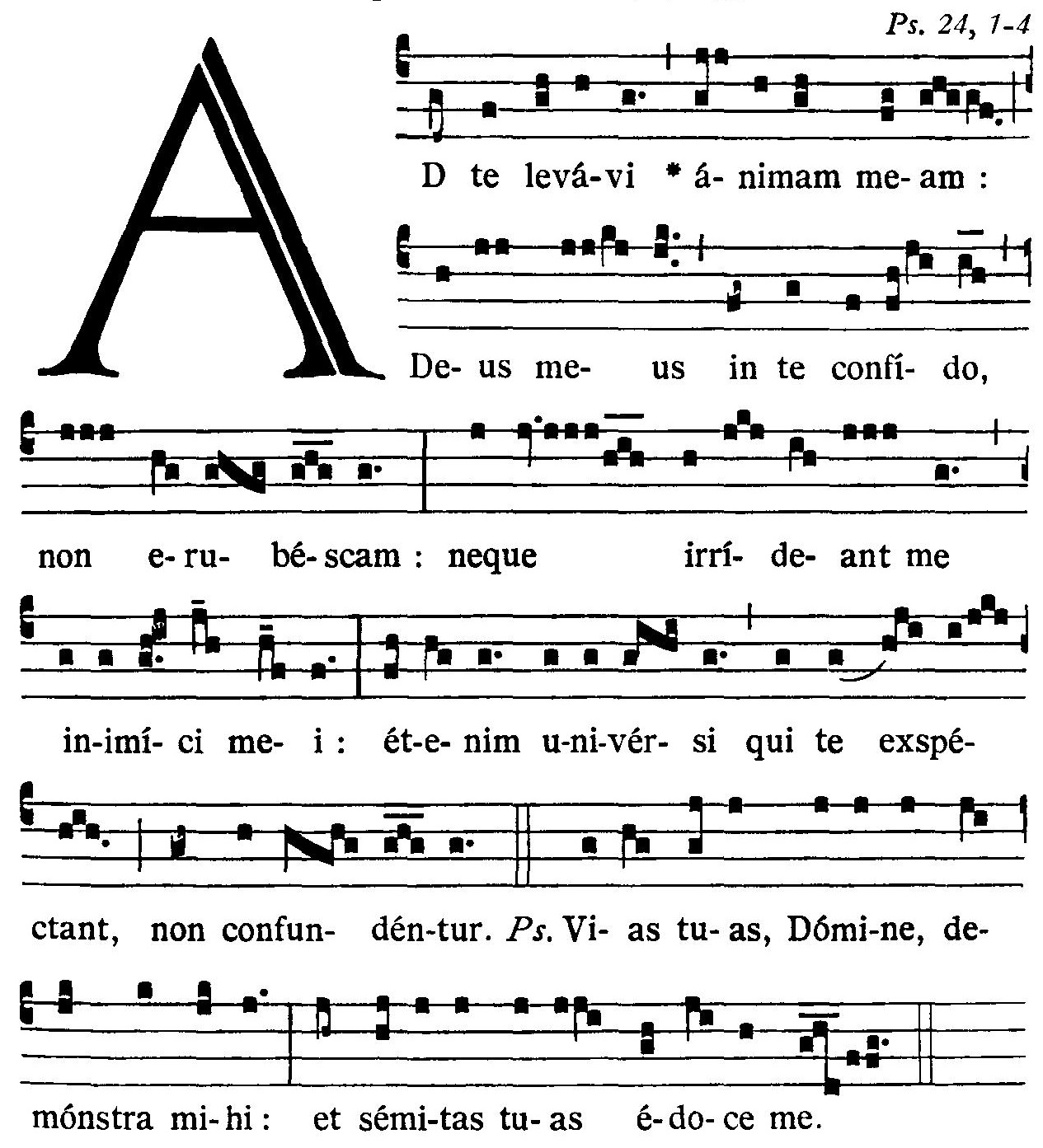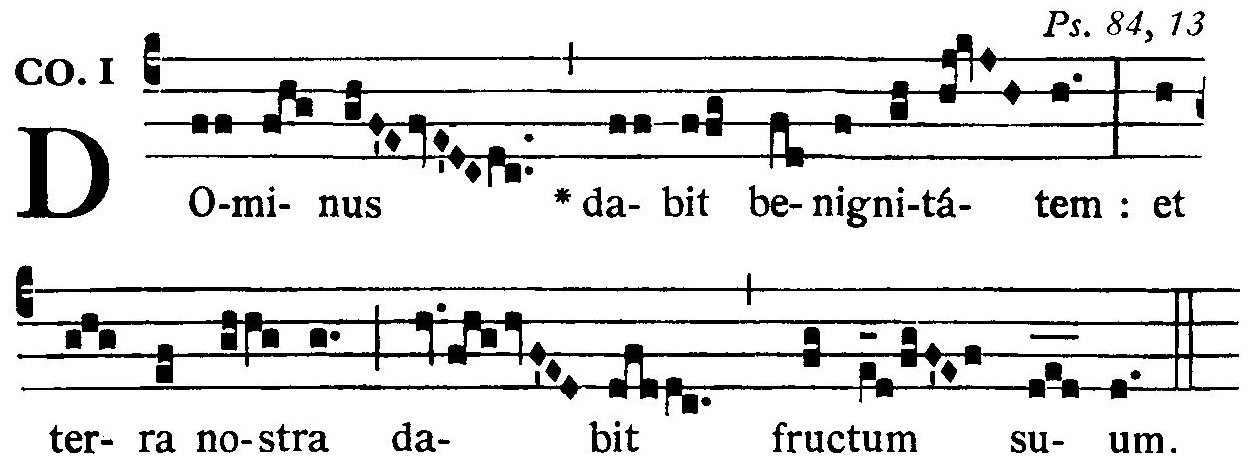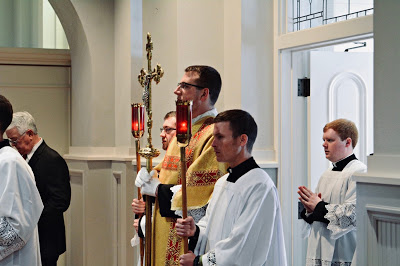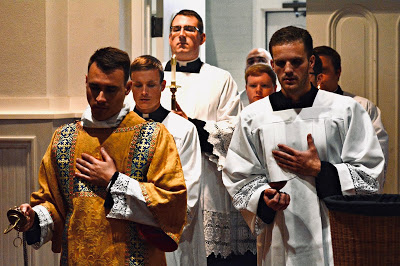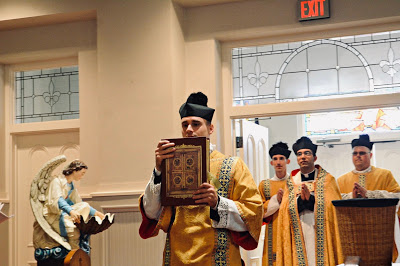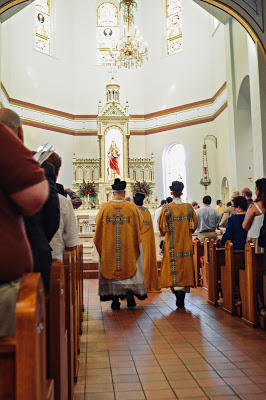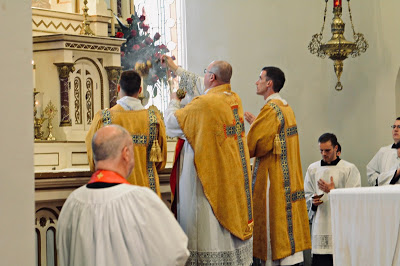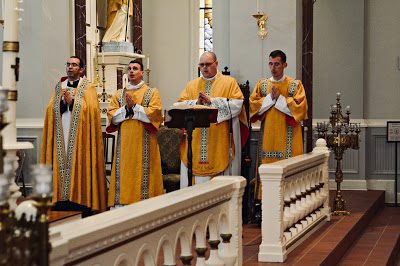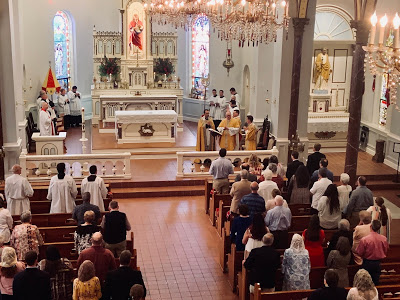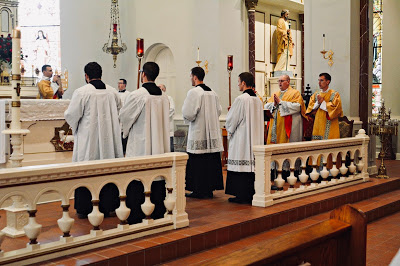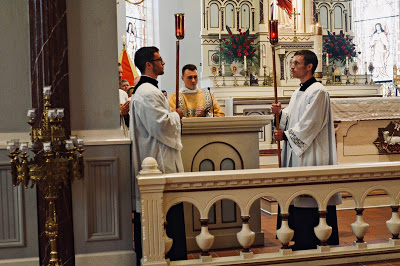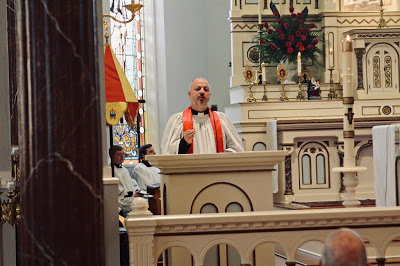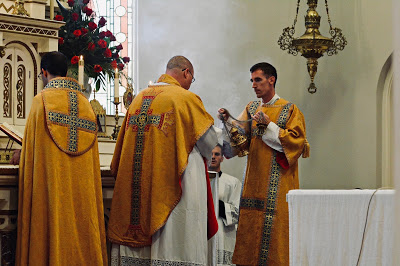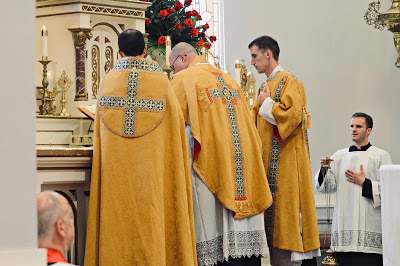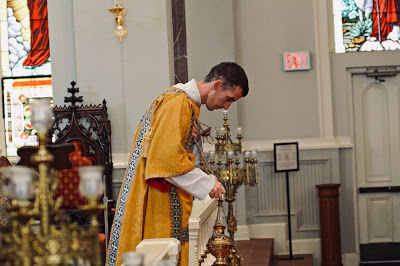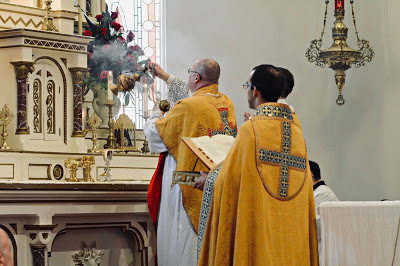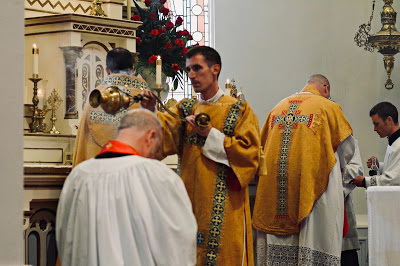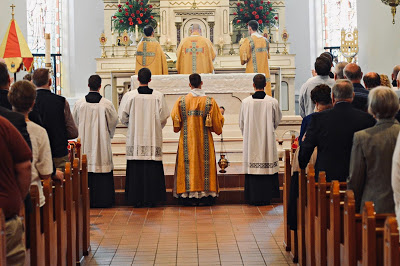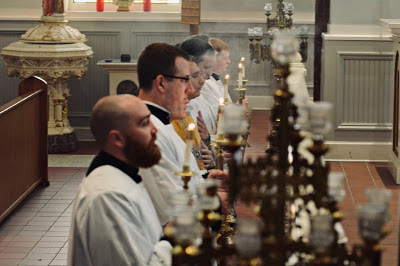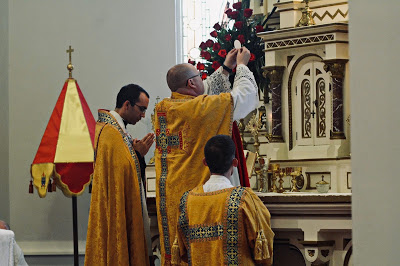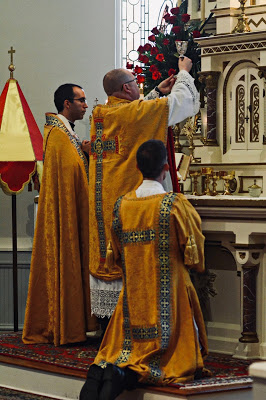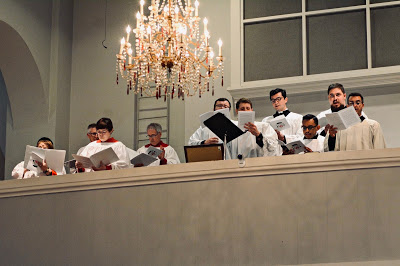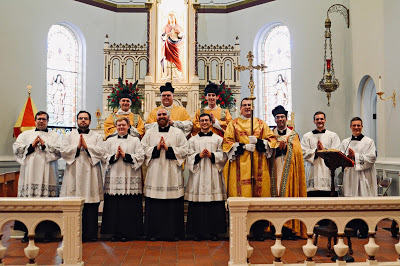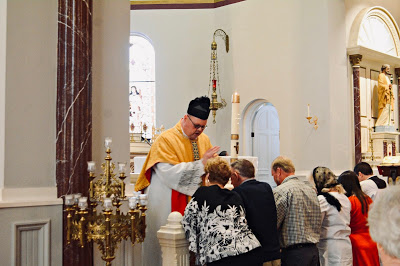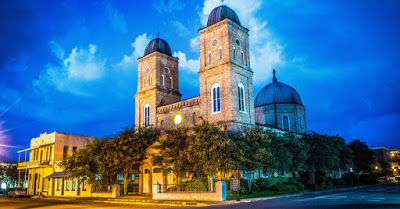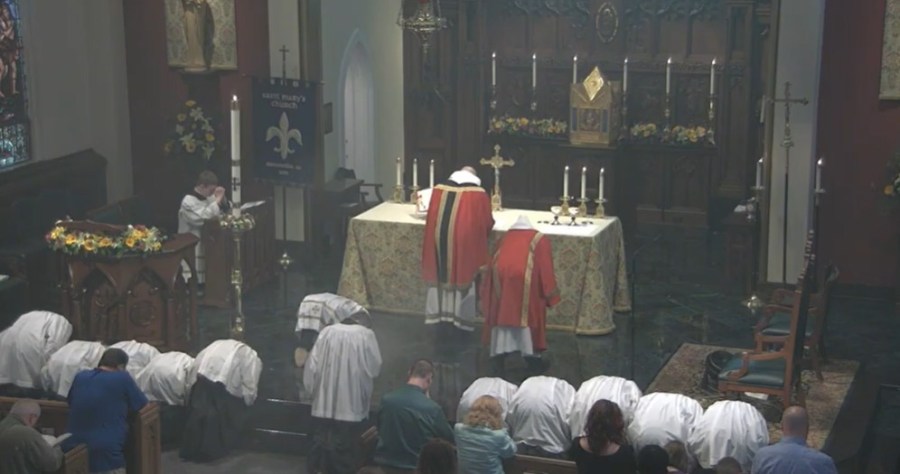In hac Missa adhibetur color violaceus vel rosaceus.
Ant. ad introitum Phil 4, 4-5
Gaudéte in Dómino semper: íterum dico, gaudéte.
Dóminus enim prope est.
Non dicitur Glória in excélsis.
Collecta
Deus, qui cónspicis pópulum tuum
nativitátis domínicæ festivitátem fidéliter exspectáre,
præsta, quǽsumus,
ut valeámus ad tantæ salútis gáudia perveníre,
et ea votis sollémnibus álacri semper lætítia celebráre.
Per Dóminum.
Dicitur Credo.
Super oblata
Devotiónis nostræ tibi, Dómine, quǽsumus,
hóstia iúgiter immolétur,
quæ et sacri péragat institúta mystérii
et salutáre tuum nobis poténter operétur.
Per Christum.
Præfatio I vel II de Adventu.
Ant. ad communionem Cf. Is 35, 4
Dícite: Pusillánimes, confortámini et nolíte timére:
ecce Deus noster véniet et salvábit nos.
Post communionem
Tuam, Dómine, cleméntiam implorámus,
ut hæc divína subsídia, a vítiis expiátos,
ad festa ventúra nos prǽparent.
Per Christum.
Adhiberi potest formula benedictionis sollemnis.
© Copyright – Libreria Editrice Vaticana
Messalino in PDF con letture in lingua italiana (da stampare su fogli A3 fronte/retro)
Missalette in PDF with readings in English (to be printed on A3 sheets, front/back)

